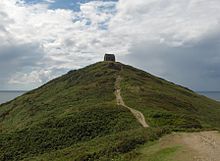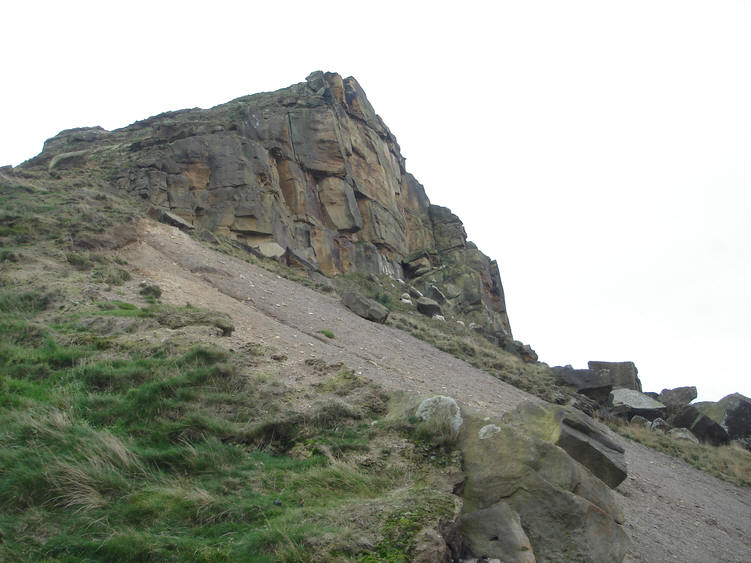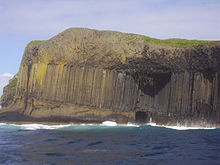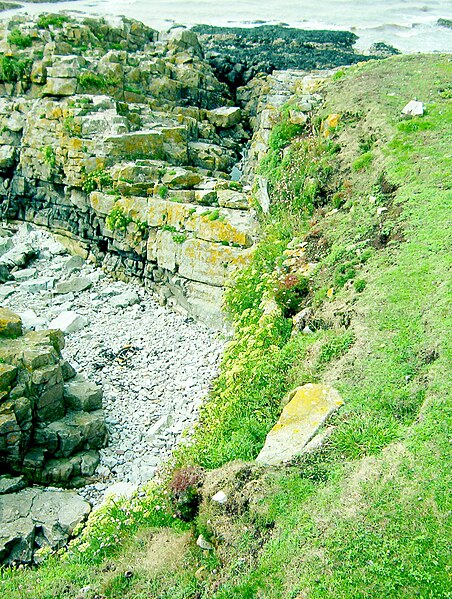hvered wrote:macausland wrote:http://ads.ahds.ac.uk/catalogue/adsdata/arch-352-1/dissemination/pdf/vol_128/128_425_440.pdf
I don't know if it adds anything to the discussion here but it's quite interesting.
It's very interesting! The north-south 'Belinus Line', beginning (or ending) at Plymouth Sound, looks like it crosses Worm's Head, at the Gower Peninsula, and the Menai Strait separating Anglesey from north Wales. But it isn't easy to make out all the details.I've noticed on some of the old mediaeval maps and before that the British Isles always seem to be an odd shape and at an odd angle. This seems to be because the central point seems to be based in Egypt and looking north west Britain is seen almost in perspective. It's as if it is following the curvature of the earth. Perhaps there was a problem with reconciling a flat surface with the spherical nature of the landscape?
That's plausible, working outwards from the centre.
Yes, it's more than plausible. If you remember your 'O' level Geography, working out from the centre is a spherical or planar projection. Which accurately records the shape of lands from that perspective. But if you cut-out those shapes and put them on a Mercator-style map (a cylindrical projection), it all looks very very strange. Places near the equator get rotated by 90 degrees and squashed or elongated.
IIRC, Hapgood reckoned that was the reason many ancient maps looked so weird, because they were a patchwork quilt of bits cut & pasted from a spherical projection to a cylindrical projection. Also that Alexandria was the centre of the ancient spherical mapping.
This National Atlas page shows how many types of maps there are. Each has its benefits and drawbacks. The issue for us (I think) is figuring out what kind of mapping makes sense in megalithic terms where a "straight line" is also a Great Circle route.





